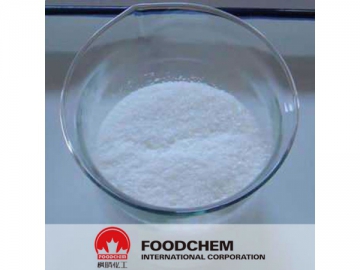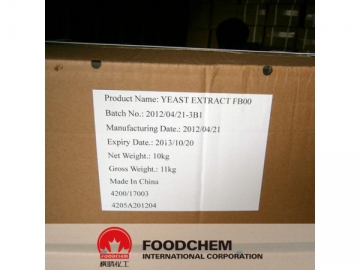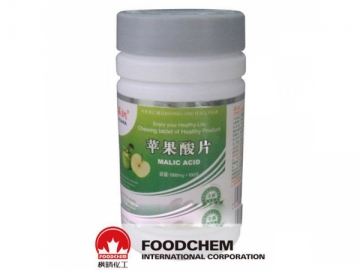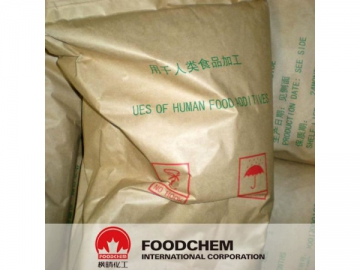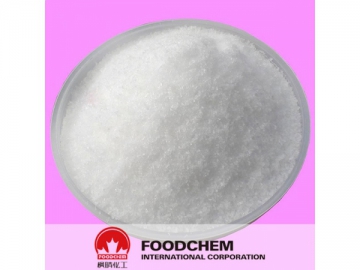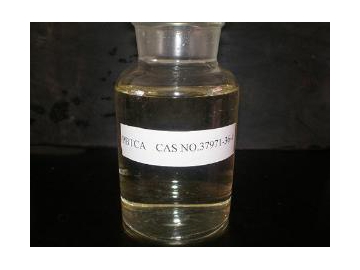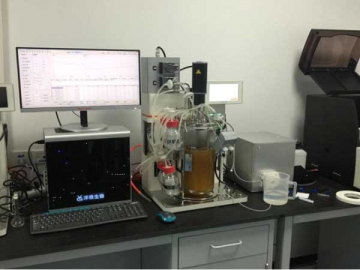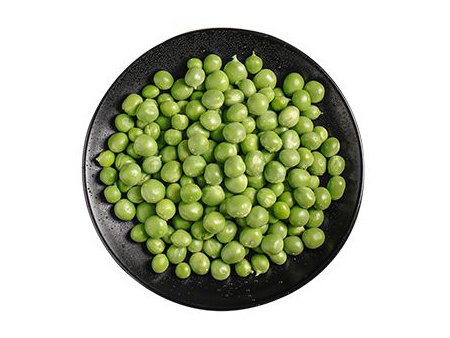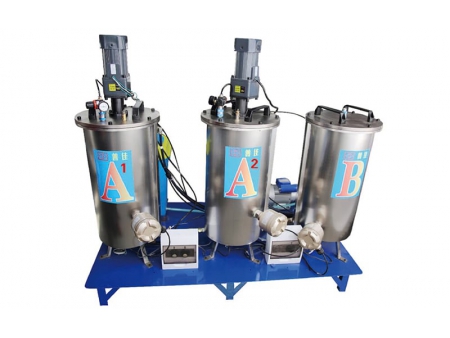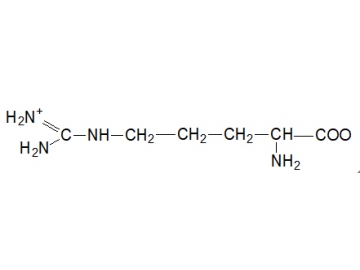L-Glutamic Acid
Conclusion: The Goods Conform to AJI standards
Packaging: 25 KG/DRUM
Storage: Keep in cool, dry environments
Shelf life: 24 Months
| Items | Standards |
| Appearance | White crystalline powder |
| Identification | Infrared absorption |
| Transmittance(%) | 98.0 Min |
| Assay(%) | 99.0 - 101.0 |
| Specific rotation(°) | 31.5 to 32.5 |
| Cl(ppm) | 200 Max |
| SO4(ppm) | 200 Max |
| NH4(ppm) | 200 Max |
| Fe(ppm) | 10 Max |
| Heavy Metals(ppm) | 10 Max |
| Sulphated Ash(%) | 0.1 Max |
| Loss on drying(%) | 0.2 Max |
| pH | 3.0 - 3.5 |
Glutamic acid (abbreviated as Glu or E) is one of the 20-22 proteinogenic amino acids, and its codons are GAA and GAG. It is a non-essential amino acid. The carboxylate anions and salts of glutamic acid are known as glutamates. In neuroscience, glutamate is an important neurotransmitter that plays a key role in long-term potentiation and is important for learning and retaining memory. Glutamic acid, being a constituent of protein, is present in every food that contains protein, but it can only be tasted when it is present in an unbound form. Significant amounts of free glutamic acid are present in a wide variety of foods, including cheese and soy sauce, and is responsible for umami, one of the five basic tastes of the human sense of taste. Glutamic acid is often used as a food additive and flavor enhancer in the form of its salt, known as Monosodium Glutamate (MSG). All meats, poultry, fish, eggs, dairy products, and kombu are excellent sources of glutamic acid. Some protein-rich plant foods also serve as sources. 30% to 35% of the protein in wheat is glutamic acid. Ninety-five percent of the dietary glutamate is metabolized by intestinal cells in a first pass.
